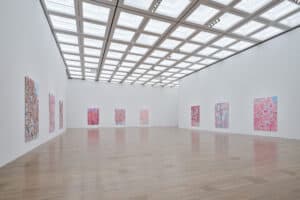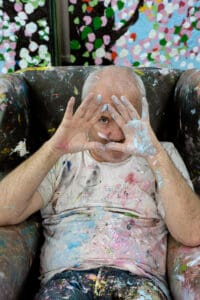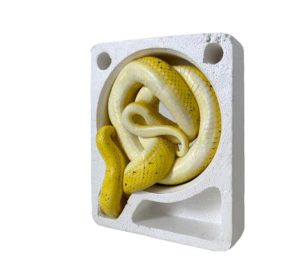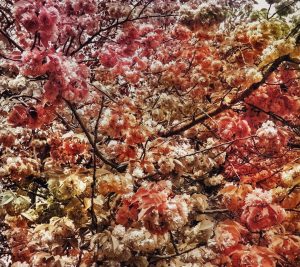The National Art Center Tokyo’s Universal/ Remote is an exploration of the identity of the remote individual in a post-pandemic society.
Created mostly pre-Covid (2020) the exhibition Universal/ Remote re-examines and re-presents work that collectively reveals a remoteness that is physically located in culture and place but universal in its human impact. From the effects of the global economy on work to information filtered through technology we see a collaged reality that is both globally connected yet individually disconnected. The show is a metaphor for the isolating effects of filtered information and Global Capitalism. Divided into two sections – the first “Constant Growth at a Pan-Global Scale” and the second “The Remote Individual” it draws together work which hold these different realities in tension.
In the first room of the exhibition we encounter Daisuke Ida’s ephemeral sculptures which are not just physical objects but also records of actions and events. A hot air balloon rises into the air – the bright red color glowing against an ashen landscape. Two men fire a Greek looking statue with blowtorches until it is copper and a paper airplane is kept aflight by gas canisters in a circle. The element of fire becomes a poetic metaphor for both the beauty and power to transform but the fragility of its effects.
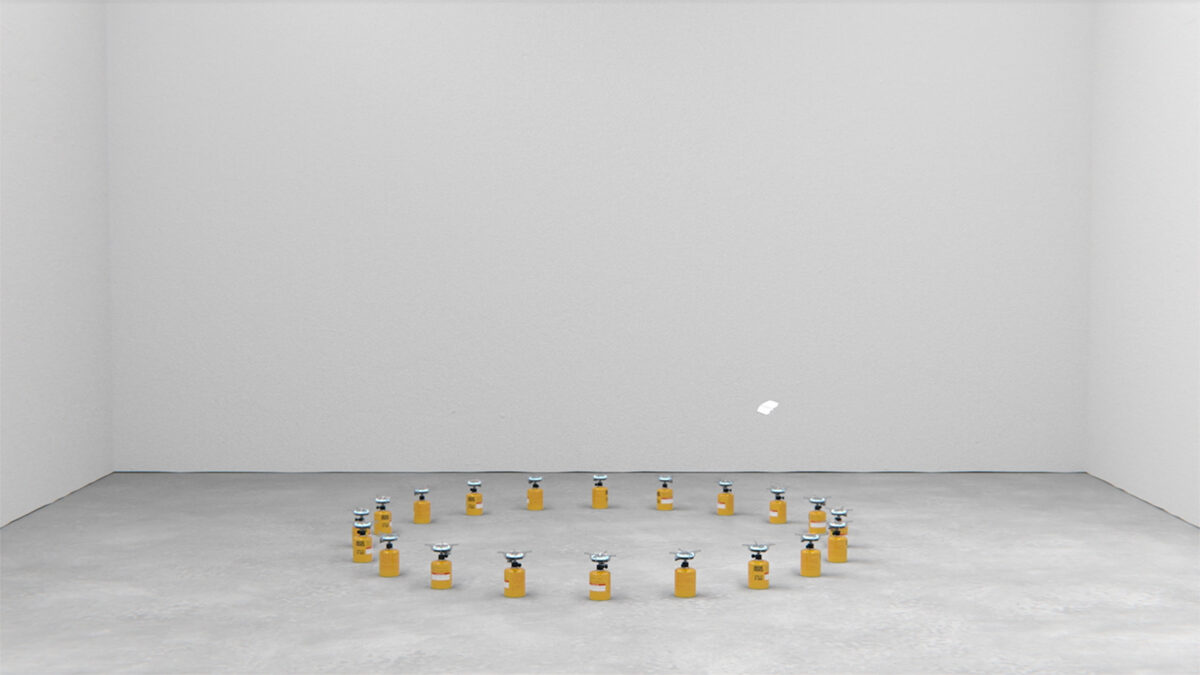
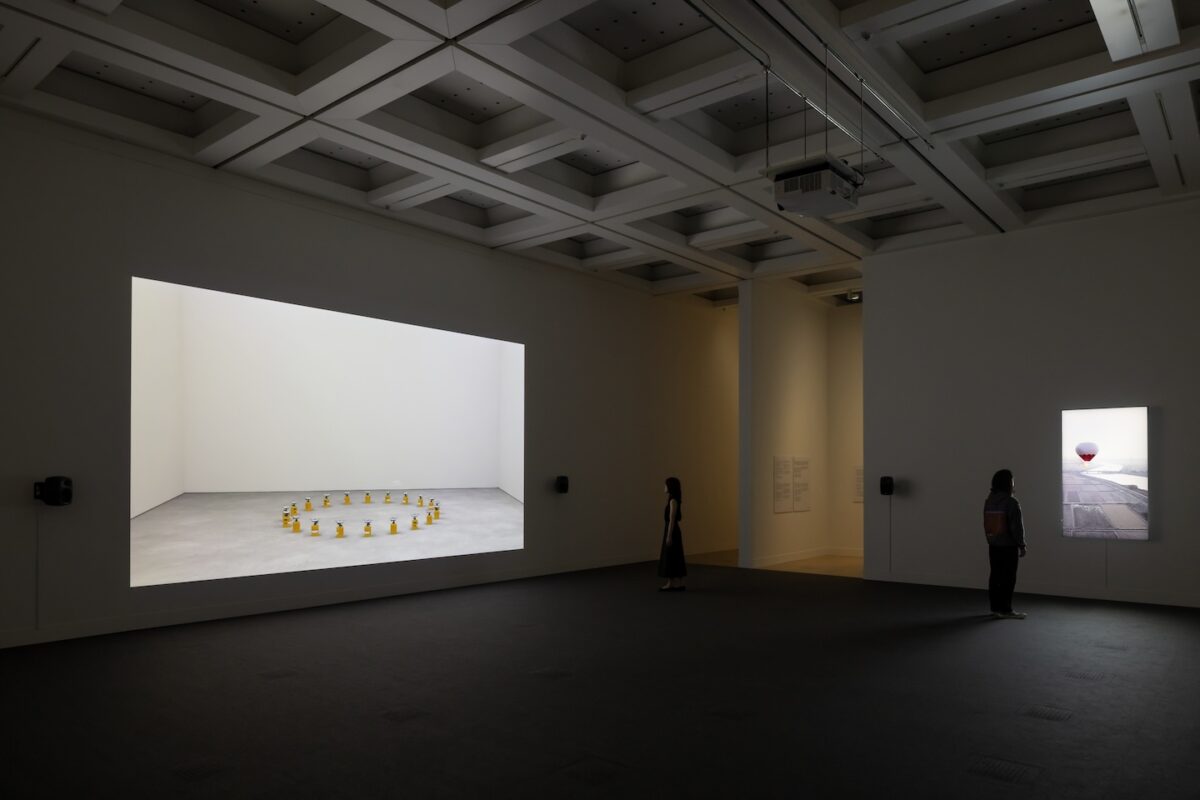
Photo by Keizo Kioku
In the next room we encounter celebrated artist Xu Bing’s (Beijing/ NYC) video work – the unrequited love story of a man (Ke Fan) and the woman he loves (Qing Ting). Conceived in 2013 but made more possible in 2015 due to the availability of access to video footage, the work was made solely using surveillance and live stream footage. It is a fascinating narrative and technically well-edited work. The story of Qing Ting swapping her Buddhist novice lifestyle for the lure of a regular life and the daily life of a dry cleaners, and a dairy farmer to the very different world of Chinese celebrity live streamers is both moving and relatable. Rather than a direct critique of surveillance it presents the viewer with a much more nuanced question of the truth of narratives and the construction of meaning both implied and crafted. The people are specific creations of the artist yet they represent a human the universal desire for connection. The frafments of a constant recorded reality make the viewer question what is the difference between this constructed reality and the narratives we weave around our daily lives?

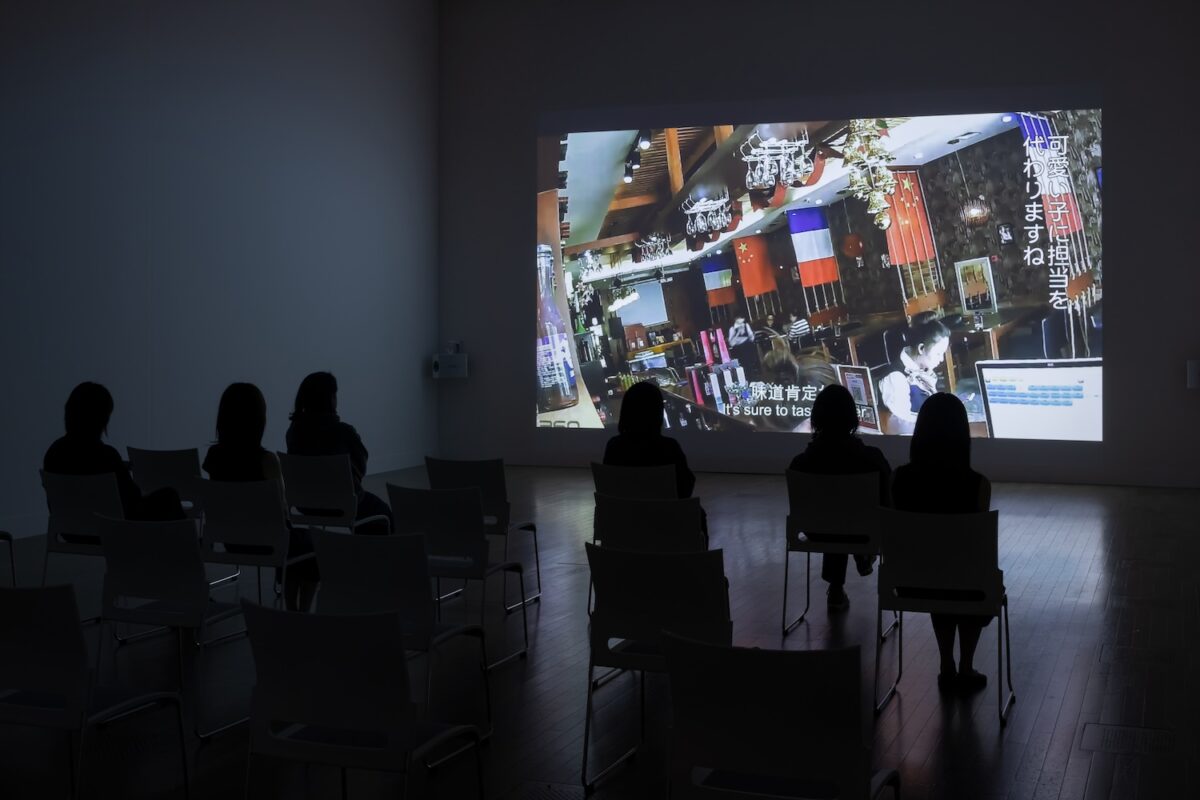
Photo by Keizo Kioku
Exhibited in Japan for the first time Maiko Jinushi’s work encompasses both video art and performance and examines the relationship between the artist and the Spanish poet and novelist Roberto Boltano (1951 – 2003). Showcasing the intersectionality of location that transcends yet challenges artificial bounds of cultural interpretation. A Galician woman reads his work about a fictionalised story of children who get lost in a hole. Read in Spanish in his hometown the work is location-specific but by questioning the pieces` meaning to the narrator or other Spanish people Jinushi created a space of interpretation. What is the meaning of the hole? Is it fear? death? As a metaphor does it represent the same thing to different people? Can we share meaning across geographical and ethnic barriers? Can we connect through the Arts? Through the responses of the artist we see the weaving of layers of narratives around a fictionalised story that is “remote” yet “universal”. Both the artist and the woman connect to the story through their own life experiences just as we, the viewer connect to the pieces bringing out own lenses.
Danish artist Tina Enghoff whose interior photographs of those who have died without a next of kin serve as a poignant reminder of the individuals isolation in a society that has a lot of social provision. However, despite that, even in death connection has remained elusive. Seemingly cheerfully colored interiors belie the underlying subject matter – social isolation revealing a darker side to a usually well thought of societal structure. The photohgraphs of mundane objects and spaces – beds, sofas, living rooms of the deceased form a kind of memorial to each unnamed person. They are jarring in their technical mastery and often pastel palettes, glossy and up close. Yet the fascination reminds me of that of watching a crime documentary – there is a story that we want to know, to empathise with, yet we remain disconnected with only the images left as traces. This dark reality echoes the experience of many people through the Covid pandemic where people could not visit and see loved ones who ultimately were left to die alone.
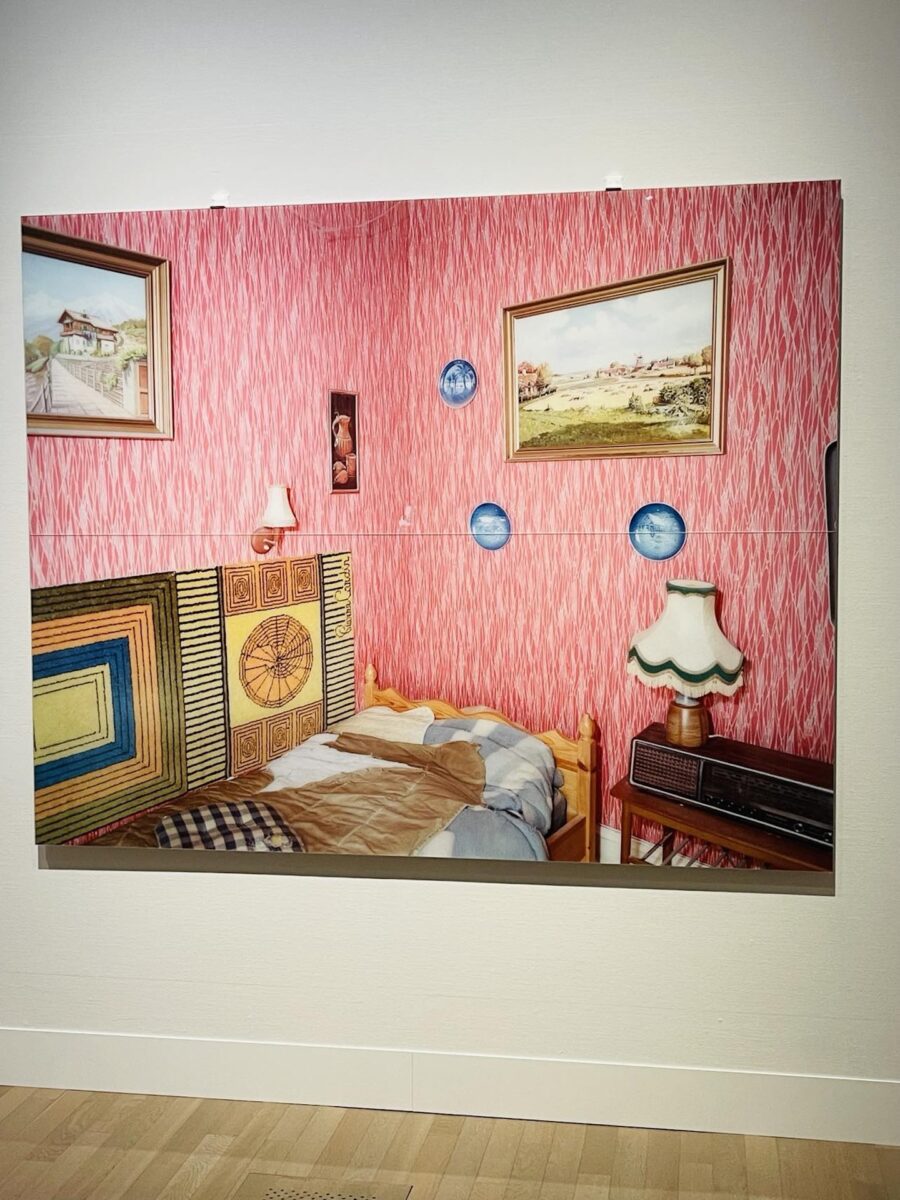
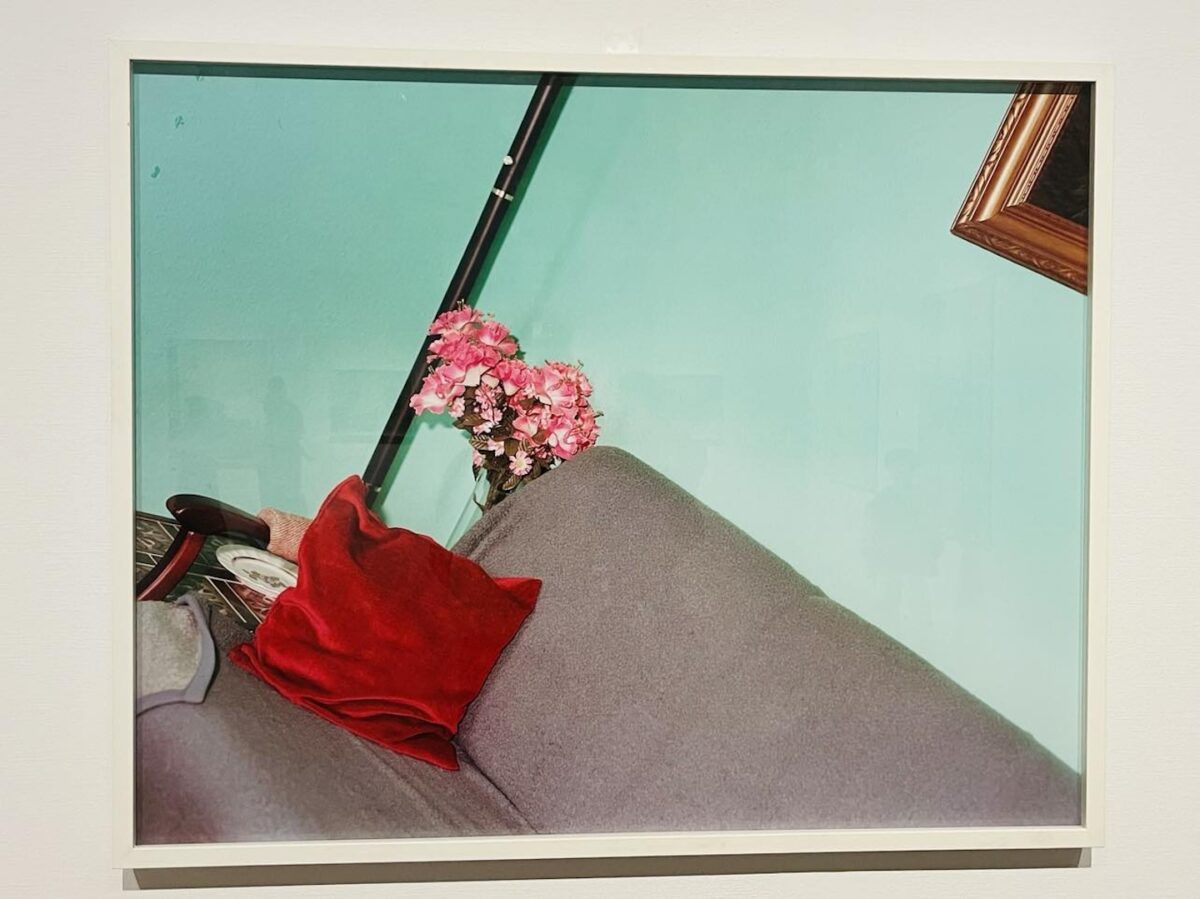
Archival Pigment print, 80 x 100 x 3cm, Photographs Rachel Carvosso
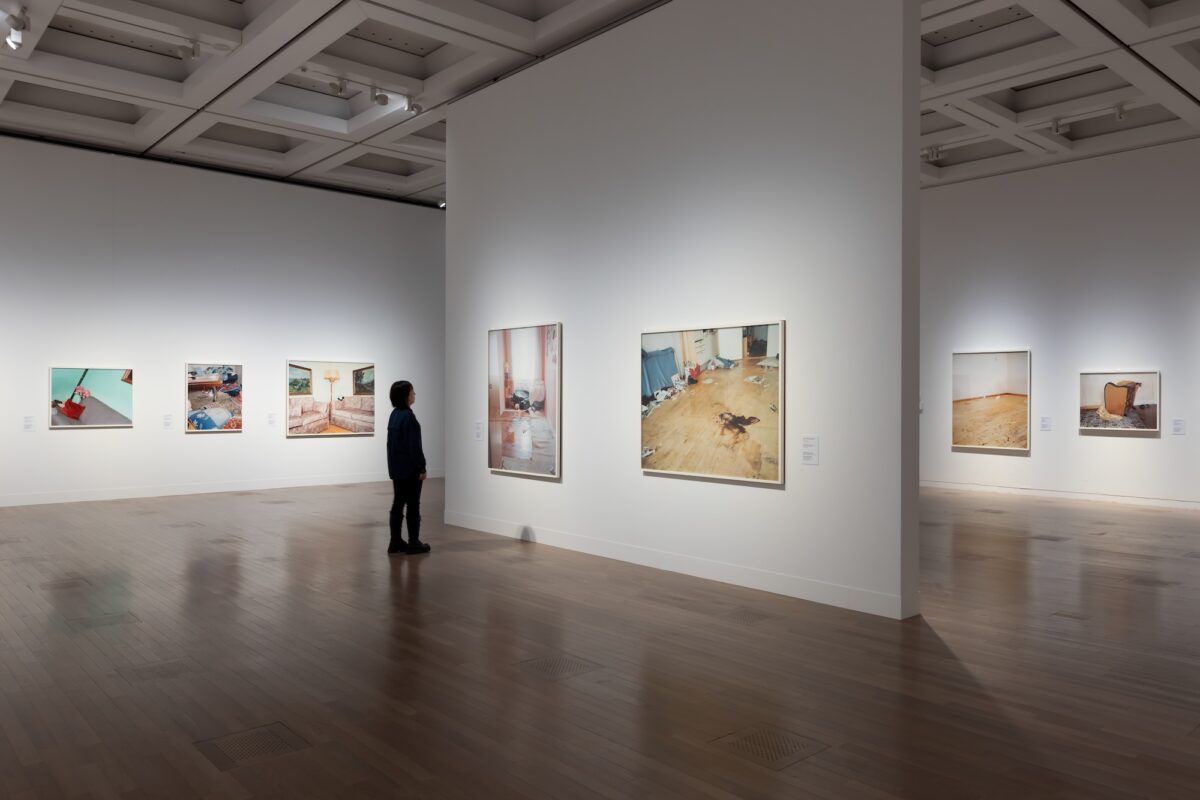
Photo by Keizo Kioku
Other work reflecting the tension of human distancing from lived experience that hold particular resonance in 2024 are the images of Trevor Paglen. Photographs of the LAN cables that connect the internet are presented laying bare the physicality of the engineering feat needed to connect the internet. Mystery is stripped away on one level but the sheer force of will to make it possible is very evident in these ephemeral blue underwater images.
In the second room his work is focused on the subject matter of AI and facial recognition. Creating training datasets from a diverse range of subject matter including history, myth, folklore, Dante`s `Divine Comedy` and Freud’s The Interpretation of Dreams Paglan allows two Ais to produce images. The process involves a discriminator – whose job it is to determine whether an image is real or fake and a generator whose role is to fool the discriminator.
The work is disturbing both in imagery and in revealing the process of AI creation. The AIs are able to communicate and work in tandem but the images created become grotesque and disturbing. Reminiscent of Francis Bacon but raising questions about the Ethics of both artistic copyright and ethical responsibilities when programing AI on tasks these works are important in their capacity to question what is advancing exponentially. Society itself is seeking advacement thorugh AI technology at an astonishing rate but has yet to fully understand the mechanisms and implications surrounding this.
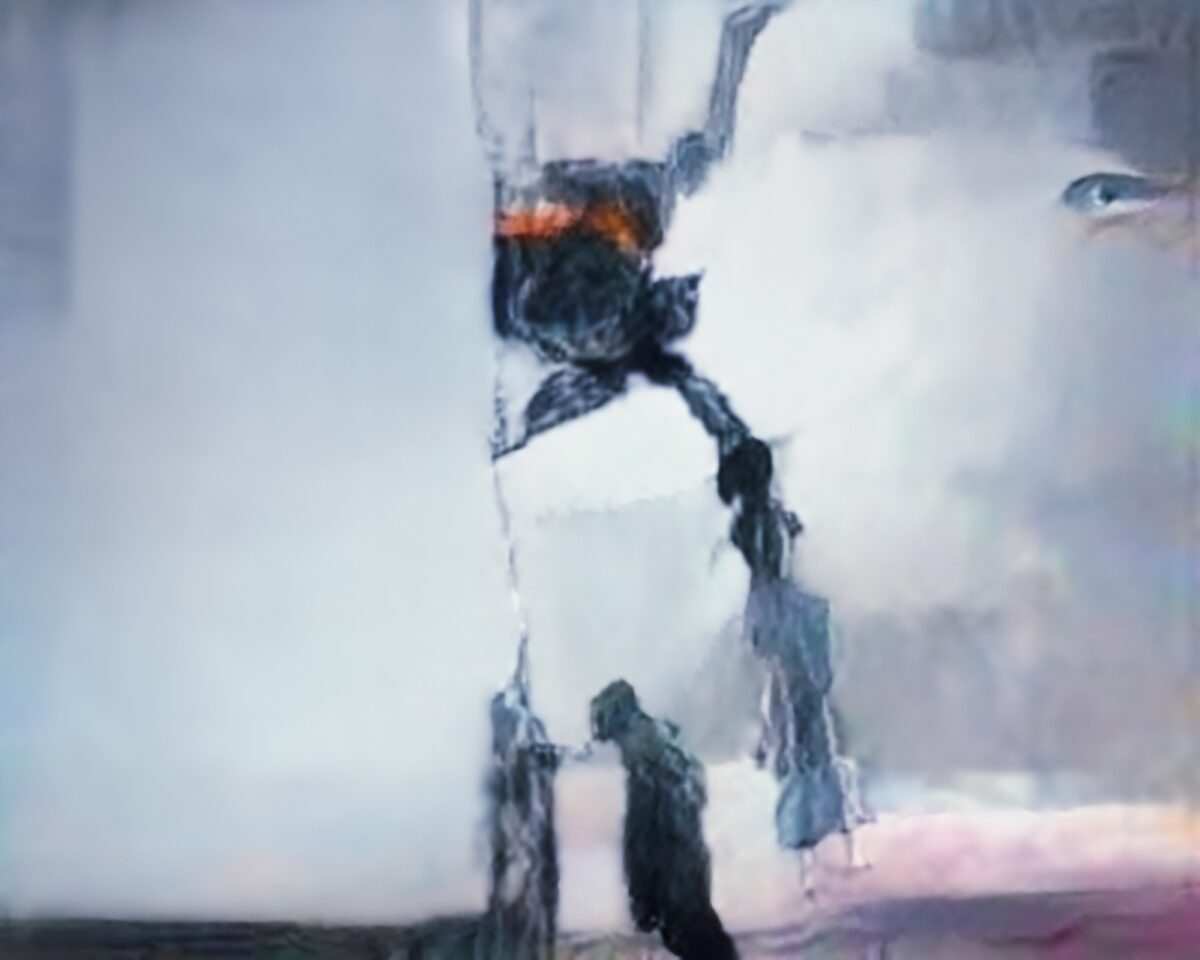
One of it’s strengths of this show`s grouping are the artists` collective abilities to highlight the distinctly culturally specific and local in a way that is also reflective of a shared experience. Other artists featured Evan Roth, Hito Steyerl (in collaboration with Giorgi Gago Gagoshidze), Miloš Trakilovi?, and new works by Natsuko Kiurare all different yet connected. This exhibition is a deeply thought provoking take on the theme that resonates across cultures and mediated realities. Both revealing our potential only subconscious awareness of the mechanisms of communication and challenging the implcations of an advancing global society. The show deeply resonates as post Covid humanity remains in many ways wealthier in information and resouces but individually many of us are still struggling to find peace with the deeper need to find a place of belonging and true identity. Definitely worth a visit.
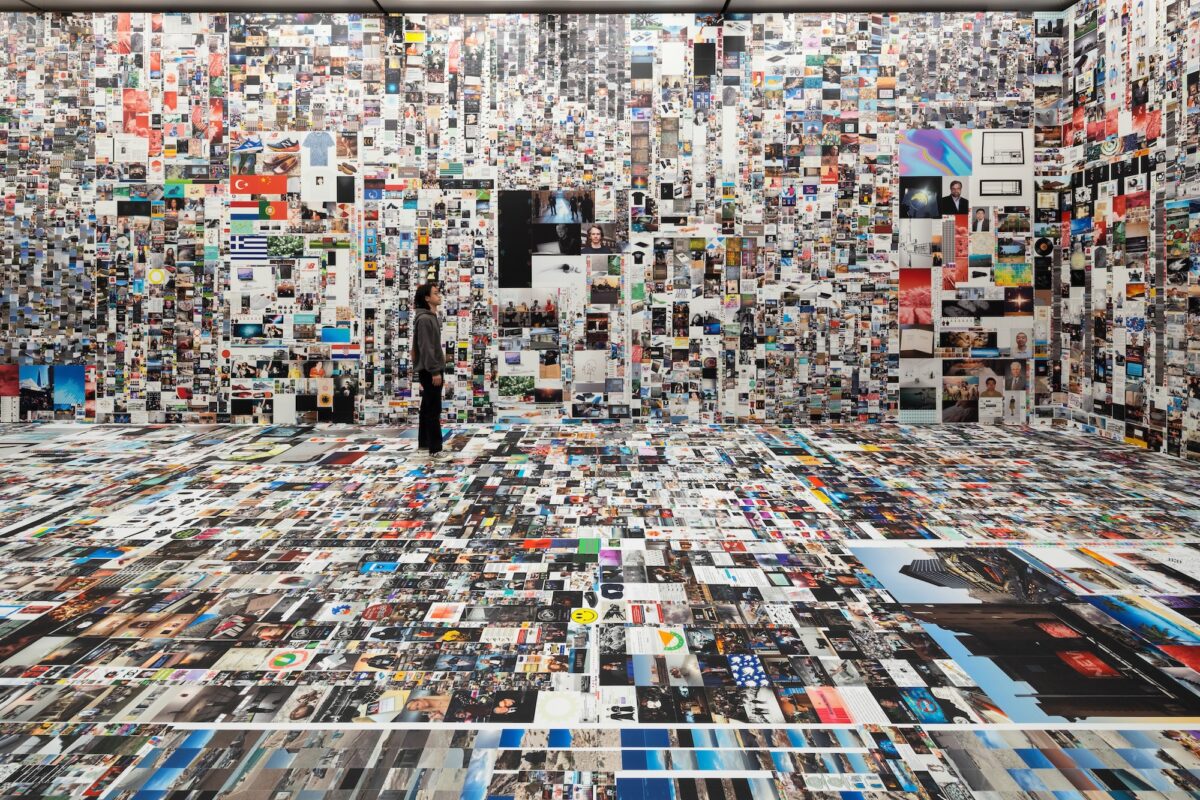
Universal / Remote March 6th–June 3rd, 2024,
The National Art Center, Tokyo (NACT)


